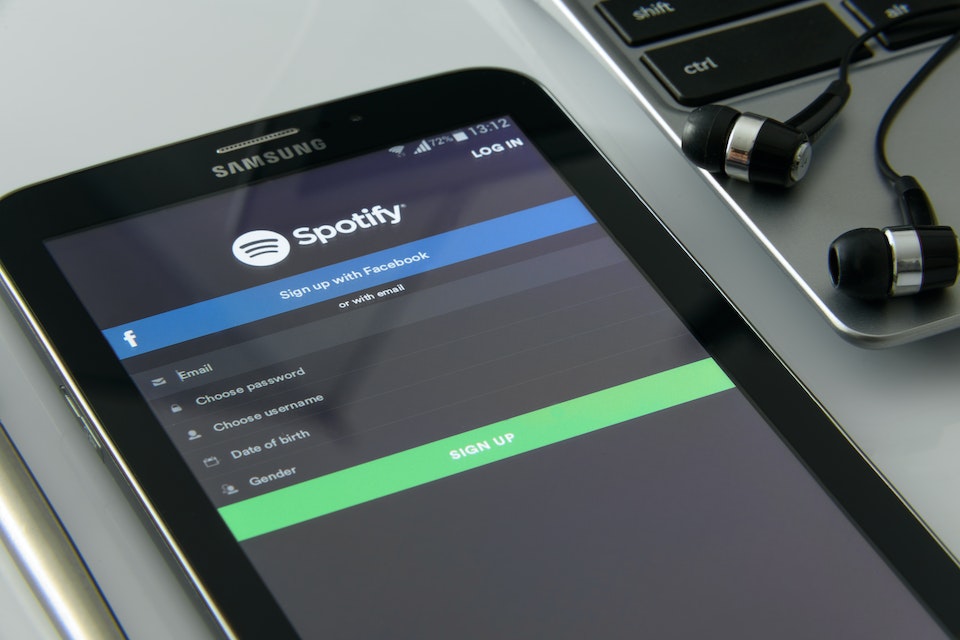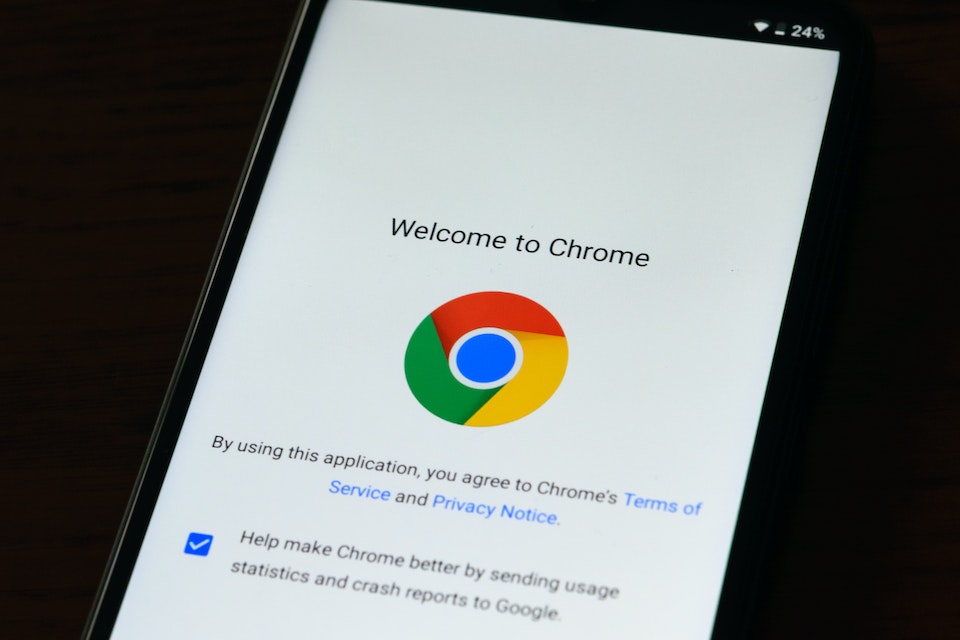In the digital age, the way we listen to music has undergone a monumental transformation. Gone are the days of physical CDs and MP3 players – today, we have the world of streaming at our fingertips. One name stands out in this realm: Spotify. The Spotify app has revolutionized how we access, discover, and enjoy music, reshaping the music industry and the very nature of music consumption itself. This article delves into the evolution and impact of the Spotifyapp, exploring its journey from inception to its current status as a global music streaming powerhouse.
The Birth of Spotify and its Unique Offering

Spotify, founded in 2006 by Daniel Ek and Martin Lorentzon, emerged as a response to the growing challenge of piracy and illegal music downloads. The app’s unique proposition was to offer a legal, user-friendly, and easily accessible platform for streaming music. Unlike its predecessors, Spotify negotiated licensing agreements with record labels, which granted users access to an extensive library of songs in exchange for a subscription fee or ad-supported listening.
The Evolution of the Spotify App

- Early Years and Launch: Spotify started as a desktop application, initially launching in a few European countries in 2008. Its user-friendly interface and vast library quickly garnered attention.
- Mobile Integration: In 2009, Spotify expanded to mobile platforms, cementing its position as a versatile music streaming service. Users could now enjoy their favorite tracks on the go.
- Personalization and Discovery: The introduction of personalized playlists like “Discover Weekly” and “Release Radar” revolutionized music discovery. By analyzing user preferences, Spotify could recommend new tracks that aligned with individual tastes.
- Podcasts and Beyond: Recognizing the demand for diverse audio content, Spotify integrated podcasts, becoming a hub for both music and podcasts. This move not only attracted podcast listeners but also gave creators a new platform to reach audiences.
- Social Sharing: The app incorporated social features, enabling users to share music with friends, see what others were listening to, and collaborate on playlists. This integration with social media platforms enhanced user engagement.
- Artist Promotion: Spotify introduced the “Spotify for Artists” feature, empowering musicians to upload their music directly and access listener insights. This marked a shift in how artists engaged with their audience.
- Hi-Res Audio and Offline Downloads: To cater to audiophiles, Spotify_ announced plans for Hi-Res Audio streaming. Additionally, the option to download music for offline listening enhanced the app’s convenience.
Impact on the Music Industry

The Spotify app’s impact on the music industry has been profound:
- Reduced Piracy: By providing an affordable and accessible alternative to piracy, Spotify significantly curtailed the prevalence of illegal music downloads.
- New Revenue Streams: The platform introduced a new revenue stream for artists through streaming royalties. While debates over fair compensation persist, streaming has become a crucial income source for many musicians.
- Changing Album Releases: The emphasis on individual tracks and playlists shifted the focus from album releases. This challenged traditional norms and encouraged artists to adopt a more singles-oriented approach.
- Data-Driven Insights: Spotify’s data analytics provided artists and record labels with insights into listener behavior. This data-driven approach influenced marketing strategies and tour planning.
- Global Reach: The app’s availability in numerous countries made it a global platform for artists to connect with international audiences, enabling cultural exchange like never before.
FAQs about the Spotify App
Q1: Is Spotify free to use? A1: Yes, Spotify_ offers a free tier with ads. Users can also opt for premium subscriptions that provide an ad-free experience, offline downloads, and additional features.
Q2: Can I listen to music offline on Spotify? A2: Yes, Spotify_ Premium subscribers can download music for offline listening, allowing them to enjoy their favorite tracks without an internet connection.
Q3: Are all artists available on Spotify? A3: While Spotify_ boasts a vast library, not all artists may have their music available due to licensing agreements or personal choices.
Q4: How does Spotify recommend music? A4: Spotify’s recommendation algorithms analyze your listening history and preferences to curate personalized playlists like Discover Weekly and offer song suggestions.
Q5: Can I create and share playlists on Spotify? A5: Absolutely. Spotify_ allows users to create and share playlists. You can collaborate with friends on playlists and share them on social media platforms.
Conclusion
The Spotify app’s journey from its inception to its current state as a global music streaming giant showcases its unparalleled impact on the way we consume and interact with music. By providing legal and convenient access to an extensive library of tracks, revolutionizing music discovery, and even extending its reach to podcasts, Spotify has redefined the modern music landscape. Its influence on the music industry, from reshaping revenue streams to altering album release strategies, cannot be overstated. As technology advances and user preferences evolve, one thing remains clear: the Spotify app will continue to shape the future of music consumption.


